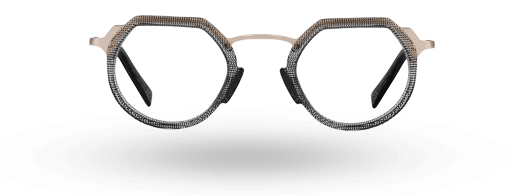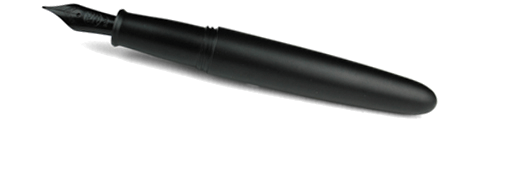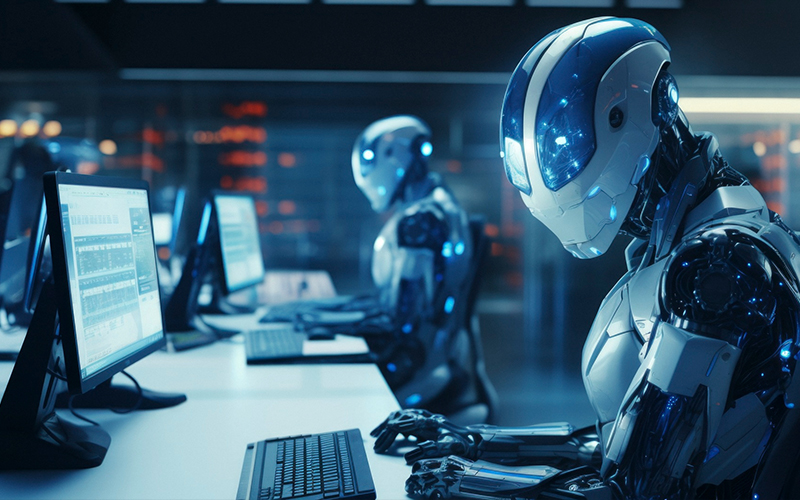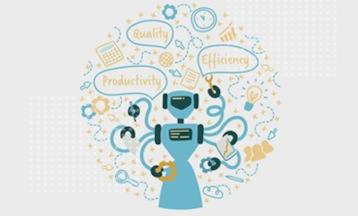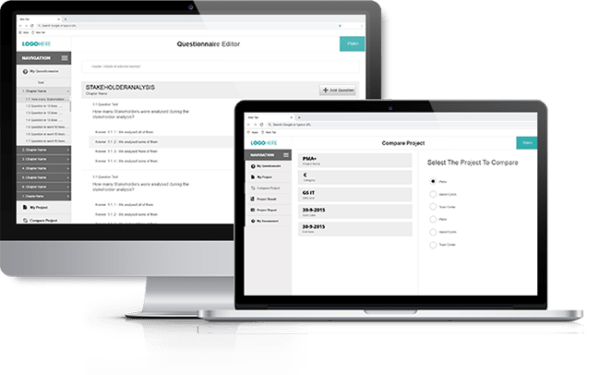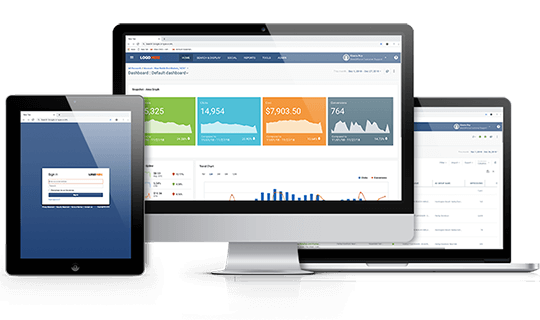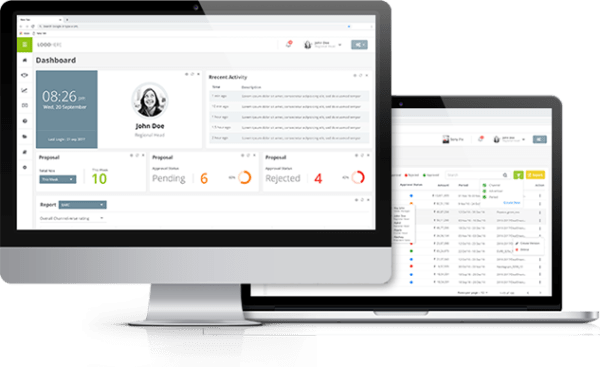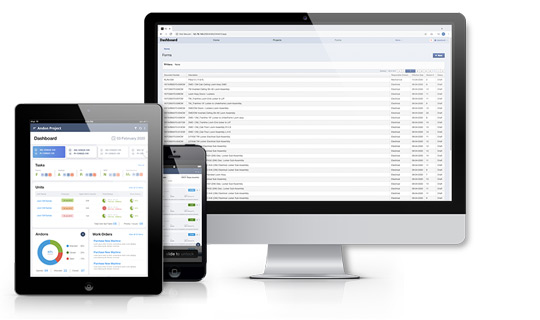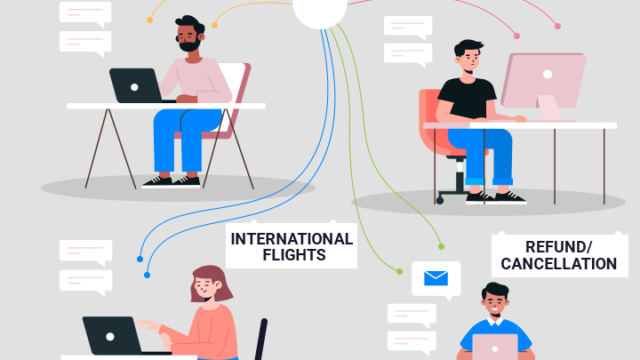Imagine creating images just by feeding the AI a text prompt! That’s exactly what AI image generators do. They utilize techniques such as Generative Adversarial Networks (GANs), Convolutional Neural Networks (CNNs), and Reinforcement Learning to achieve remarkable results.
Traditional methods of image creation often require significant time, resources, and expertise. This is where AI image-generation tools step in. They can enhance creativity, save time & money, and allow you to customize designs based on your specific needs and you do not have to be a top-notch designer to use these tools!
Before we dive in, some ethical considerations for using generative AI cannot be overlooked. Ensuring the source material the AI uses is clear of copyright issues is important. Additionally, the ability to create incredibly realistic images means we need to be mindful of its potential misuse. Hence, the responsible and ethical use of these tools is key. Keeping this in mind, let’s explore some of the tools;
The Best AI Image Generators in 2024:
1. ImageFX by Google
The best AI image generator for beginners
ImageFX is powered by Imagen 2, the latest generation of Google’s text-to-image technology. It can produce high-quality, realistic outputs, even objects that are sometimes difficult to render. Its unique feature of expressive chips makes it easier to refine prompts or generate new ones that highlight parts of your prompt and suggest word changes to modify your output.

Access via: https://aitestkitchen.withgoogle.com/tools/image-fx
Pros
• Apt for experimentation
• Easy to use even for beginners
Cons
• Overly cautious filters
• Results often don’t look very realistic
• Limited to square aspect ratio
Cost: Free
2. Copilot (Image Creator from Microsoft Designer)
Best for creating illustrations and cartoons
Image Creator from Microsoft Designer is powered by DALL-E 3, OpenAI’s most advanced image-generating model. It is accessible in the same place as Microsoft’s AI chatbot, Copilot (formerly Bing Chat). That’s right, you don’t have to download an app to use it, it runs in your browser. All you have to do is conversationally ask Copilot to draw you any image you’d like through a prompt!
Tip: You don’t need to type “Create an image” or “Make a photo.”

Access via: https://copilot.microsoft.com/images/create?FORM=GENEXP
Pros
• Detailed customization available
• Intuitive and smart interface
Cons
• Lack of integration with other software
• Images generated cannot be used for commercial purposes
Cost: Free
3. Adobe Firefly
Best AI Image Generator if you are looking for quality and versatility
Accessing Adobe Firefly is extremely easy as Adobe has always been a leader in developing creative tools for people to work with. The way you word your text prompt is critical to how much the image matches your expectations. You can also choose which version you wish to work with; either version 2 or 3 of Firefly. When making images in Firefly, you also get to decide whether you want Photo or Art style and apply various effects to your image.

Access via: https://www.adobe.com/products/firefly.html
Pros
• Gives you structures and style references
• Offers public domain content, making it safe for commercial use
• Ability to select the aspect ratio with choices of Landscape (4:3), Portrait (3:4), Square, and Widescreen (16:9)
Cons
• The free version comes with a watermark on generated images
• There is no negative prompt box (option to delineate what you’d like to avoid in the final image)
• Longer lag than other AI generators
Cost: Firefly is free with 25 generative credits per month, or you can get a $4.99 monthly license that includes 100 monthly generative credits, Adobe Fonts, and no watermarks on images generated.
4. DreamStudio by Stability AI
Best for creating customized images
Stability AI created DreamStudio, which incorporates Stable Diffusion in a UI that is easy to understand and use thereby making it accessible to everyone. It generates high-resolution images that are not only stunning but also consistent with the natural distribution of images in the real world. You can create images that look like they may have been captured by a camera, rather than being artificially generated. When you are a new user, you receive free credits to try it out. Although creating more detailed and complex images uses up more credits.

Access via: https://beta.dreamstudio.ai/generate
Pros
• Offers a high degree of customization
• Has the option of negative prompts
• Open source and can be integrated with other applications
Cons
• You need to create an account even for the free trial
• Restricted resources for assistance
• Limited output format and image size options
Cost: $1 per 100 credits (25 free credits when you open an account; you can purchase credits once you run out)
5. NightCafe
The best all-in-one AI art generator
NightCafe Studio is not only a tool, but also a community where you can join millions of other users who create, share, and discuss AI art on the platform. Apart from the traditional text-to-image features, NightCafe also has image-to-image capability. It offers a variety of modes and styles. You can create oil paintings, 3D or 2D anime-like art, or even more by defining what you want.
Using the same example prompt:
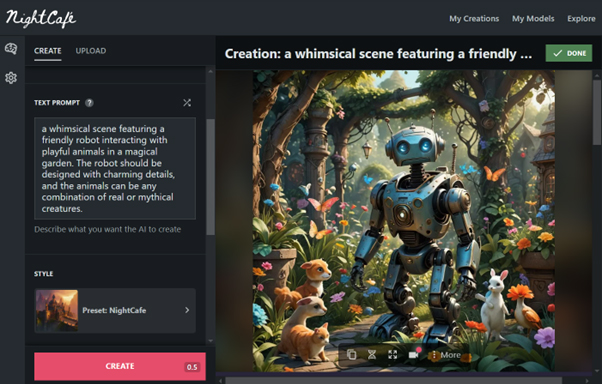
Access via: https://creator.nightcafe.studio/
Pros
• Has Image-to-Image capabilities
• Print-on-Demand capability
• Free credits
Cons
• The learning curve for advanced features can be tricky
• Output images are often similar
• Premium features are only available in the paid plans
Cost: Free for basic exploration (AI Beginner Plan: $5.99/month, Top Tier – AI Artist: $49.99/month)
6. DALL-E 3 by OpenAI
Best for artists, designers, and anyone looking to create unique and original image.
To access DALL-E 3 you must be a ChatGPT Plus subscriber. OpenAI recently added new ways to edit an image generated by the chatbot, including easy conversational text prompts and the ability to click on parts of the image you want to edit.
Microsoft and OpenAI have adopted a phased-release strategy, ensuring that DALL-E 3 integrates seamlessly with Bing. Initially, DALL-E 3 was only accessible to selective users. Over time, they expanded this.
Tip: If you don’t have a ChatGPT Plus subscription, images can still be created with the AI picture generator in Bing Chat through the Microsoft Edge browser and your initial prompt may not produce what you desire. Therefore, you can continue to try again and refine it.
Access via: https://openai.com/index/dall-e-3/
Pros
• Enhanced image quality
• OpenAI’s GPT amps up your text prompts
• Understands long, complex queries
Cons
• Photorealistic results can look fake
• Heavily dependent on the text input
• Limited Adjustments
Cost: Packaged with ChatGPT Plus subscription at $20 per month
7. OpenArt AI
Best for editing images, creating animated gifs
OpenArt AI uses Stable Diffusion AI to create, manipulate, and edit synthetic or real images. It is different from other AI tools as you do not always need to give a prompt to it. There are playbooks for prompt engineering and a vast library of prompt templates you can use to create unique art or product designs which then allows you to fine-tune your final result. You’re not limited to a set of pre-determined images or styles. Your imagination is the only boundary.
Access via: https://openart.ai/
Pros
• One-time free trial to test out most of its features
• Has intuitive UI designs and elements
• You retain all IPR of your images
Cons
• The learning curve can be tricky
• Updates occasionally introduce bugs
Cost: Starting at $6 per month
In conclusion
From the hyper-realistic capabilities of DreamStudio to the illustrations of Bing Image Creator, there’s a tool out there for nearly every creative need even if you just want to play around with it and explore. All of these tools are great and as you can see, not much design expertise is required. We’ve explored a range of options, each with its strengths and weaknesses, and as we know image generation isn’t a one-size-fits-all solution. It’s a vibrant toolbox overflowing with creative potential

